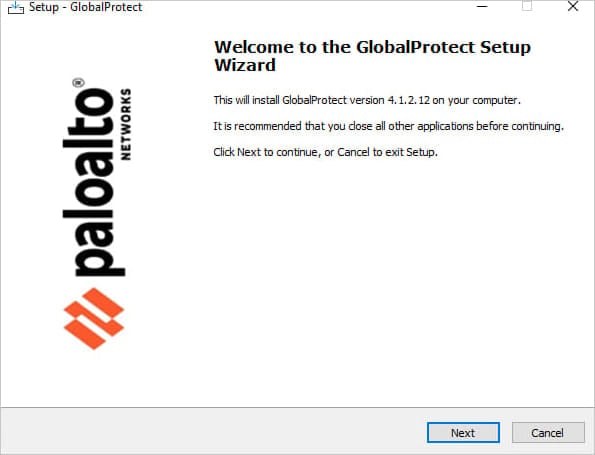

Threat actors target Middle Eastern organizations with malware disguised as the legitimate Palo Alto GlobalProtect Tool that can steal data and execute remote PowerShell commands to infiltrate internal networks further.
Palo Alto GlobalProtect is a legitimate security solution offered by Palo Alto Networks that provides secure VPN access with multi-factor authentication support. Organizations widely use the product to ensure remote employees, contractors, and partners can securely access private network resources.
Using Palo Alto GlobalProtect as bait shows the attackers’ targeting focuses on high-value corporate entities using enterprise software rather than random users.
Enterprise VPN software as a lure
Researchers at Trend Micro who discovered this campaign have no insight into how the malware is delivered, but based on the lure used, they believe the attack starts with a phishing email.
The victim executes a file named ‘setup.exe’ on their system, which deploys a file called ‘GlobalProtect.exe’ along with configuration files.
At this stage, a window resembling a normal GlobalProtect installation process appears, but the malware quietly loads on the system in the background.

Source: Trend Micro
Upon execution, it checks for signs of running on a sandbox before executing its primary code. Then, it transmits profiling information about the breached machine onto the command and control (C2) server.
As an additional evasion layer, the malware uses AES encryption on its strings and data packets to be exfiltrated to the C2.
The C2 address seen by Trend Micro used a newly registered URL containing the “sharjahconnect” string, making it appear like a legitimate VPN connection portal for Sharjah-based offices in the United Arab Emirates.
Considering the campaign’s targeting scope, this choice helps the threat actors blend with normal operations and reduce red flags that could raise the victim’s suspicion.
Beacons sent out at periodic intervals are employed to communicate the malware status with the threat actors in the post-infection phase using the Interactsh open-source tool.
While Interactsh is a legitimate open-source tool commonly used by pentesters, its related domain, oast.fun, has also been observed in APT-level operations in the past, like in APT28 campaigns. However, no attribution was given in this operation using the Palo Alto product lure.
The commands received from the command and control server are:
- time to reset: Pauses malware operations for a specified duration.
- pw: Executes a PowerShell script and sends the result to the attacker’s server.
- pr wtime: Reads or writes a wait time to a file.
- pr create-process: Starts a new process and returns the output.
- pr dnld: Downloads a file from a specified URL.
- pr upl: Uploads a file to a remote server.
- invalid command type: Returns this message if an unrecognized or erroneous command is encountered.
.jpg)
Source: Trend Micro
Trend Micro notes that, while the attackers remain unknown, the operation appears highly targeted, using custom URLs for the targeted entities and freshly registered C2 domains to evade blocklists.